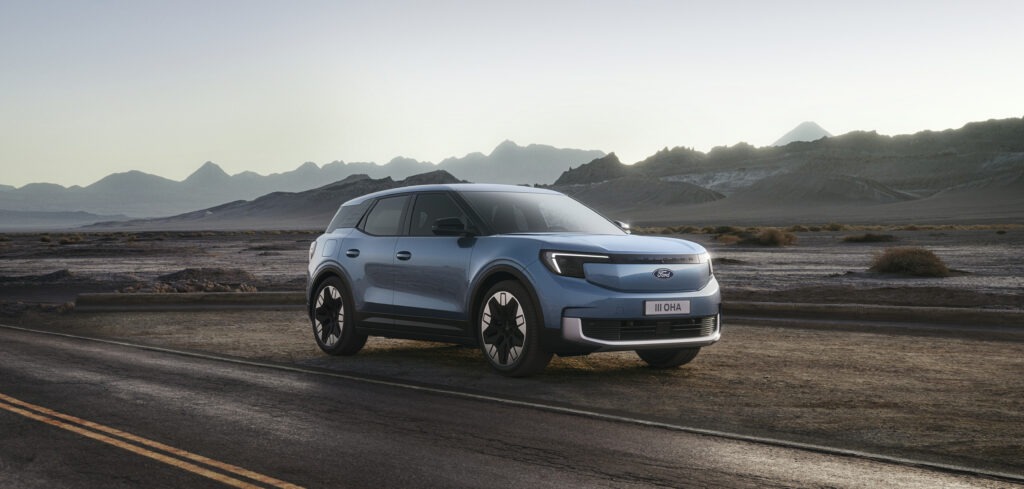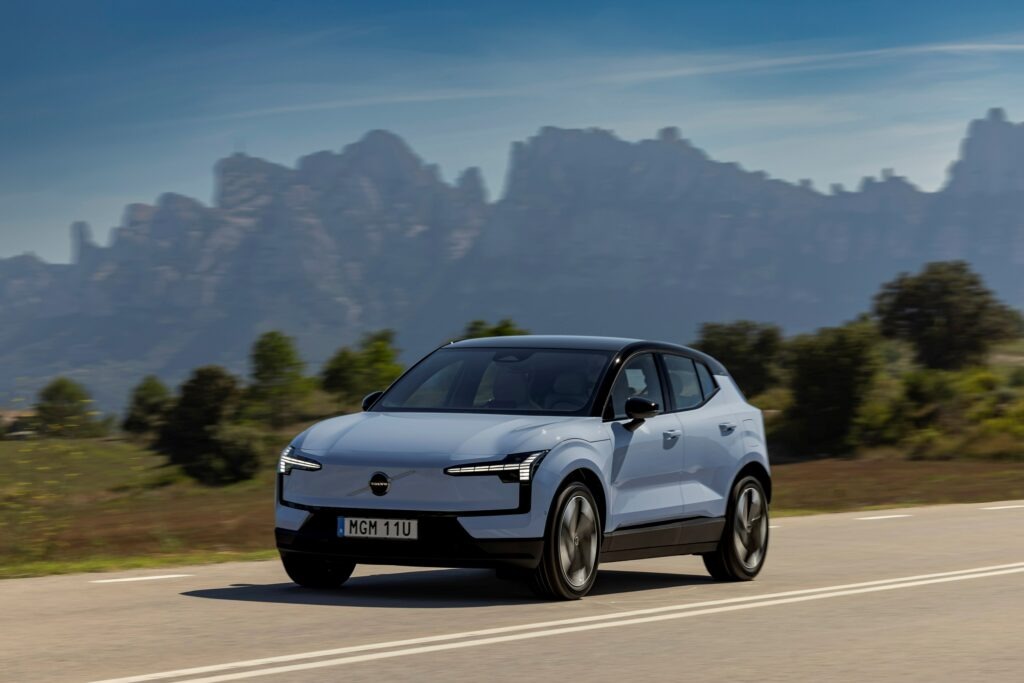Volkswagen Tiguan aims to keep best-seller title
20 June 2024

The third-generation Volkswagen (VW) Tiguan has a lot riding its performance, not least the pressure of leading the carmaker’s portfolio into a new era. Autovista Group (part of J.D. Power) experts from Austria, France, Italy and Spain, analyse the model with Autovista24 special content editor Phil Curry.
The VW Tiguan has been Volkswagen Group’s best-selling car since 2018. This means there is plenty of pressure on the third generation of the model, as the carmaker continues to offer buyers choice when it comes to powertrain types.
As it cuts down on models with an internal-combustion engine (ICE), VW is reliant on its slimmer non-electric lineup to appeal to those wanting more choice. The Tiguan is offered with the option of a mild-hybrid (MHEV) petrol or a diesel engine, as well as plug-in hybrid (PHEV) options, but there is no full-hybrid powertrain available.
Autovista24’s latest Launch Report benchmarks the Peugeot 3008’s strengths, weaknesses, opportunities and threats against its key rivals in Austria, France, Italy and Spain. New price points are also outlined alongside forecast residual values.
Powerful stance
The C-segment SUV commands a striking presence on the road. It is big, with a flat front end that still embraces some of the curves and lines of the German carmaker’s current design philosophy. The grill has been moved into the bumper to create a cleaner look, with scoops on either side to aid airflow. This allows for the headlights to continue into an LED bar running across the front of the car, only broken by the VW badge.
Looking at the side profile reveals the car’s size, with the roofline only slightly sloping away at the rear. It looks boxy, yet curvy at the same time, with a slight flaring of the rear arches. The car’s lines carry forward into the front wings, which almost seem to extend the front of the vehicle further.
The Tiguan conveys a premium look, without the premium price tag. This gives buyers wanting a large SUV plenty of choice. The quality continues inside, with comfortable seating in the front and rear. Legroom for passengers in the back is also ample as is the headroom, thanks to the higher roofline.
Comfort and practicality
For the driver, the Tiguan’s cockpit is a practical place. Unlike VW’s battery-electric vehicle range, the SUV features push-button controls on the steering wheel and door panel, rather than touch-sensitive units. This will make operating the model more tactile.
The 12.9-inch touchscreen (with a 15-inch unit available as an option) runs VW’s new MIB4 operating system, and can be navigated using the dial on the centre console. The screen also allows for control of driving modes, cabin customisation, and climate control. This can make it more difficult to manage these systems and can be distracting for the driver.
With the centre dial used for the infotainment system, the selector for the automatic gearbox is located on the steering column. This could prove inconvenient for some drivers.
However, the cabin is a nice place to be. The infotainment screen sits in the middle of a larger dashboard, with ambient lighting, specific to each driver through the profile controls, offering a calming presence. The centre console and door panels feature plenty of storage space.
The practicality continues into the boot which is the largest in the class, with a capacity of more than 650-litres. It features a dual floor, with a flat main loading space making it easier to use, while the rear seats fold forward, increasing the capacity.
Driving in style
The new Tiguan is a pleasant vehicle to drive. Although it is a large SUV, it is very agile, with light steering allowing it to turn tight corners with ease.
The suspension is also well-tuned, holding the car well in the corners and soaking up impacts with no real discomfort. Despite its size, powering through a curve, the car feels planted to the road, with little body roll. At higher speeds, there is little road noise in the cabin, helping to improve the overall driving comfort.
The engines perform well too, although the 130hp petrol MHEV just about copes with the heavier car. The PHEV version can run on pure-electric power only for up to 100km, which helps overall fuel economy while also making it practical for town and city driving.
Overall, the new VW Tiguan is a strong successor to the carmaker’s best-selling model. It offers plenty of practicality and a comfortable driving experience, in a premium-feeling package.
View the Autovista Group dashboard, which benchmarks the VW Tiguan in Austria, France, Italy and Spain. The interactive dashboard presents new prices, forecast residual values, and SWOT (strengths, weaknesses, opportunities, and threats) analysis.




